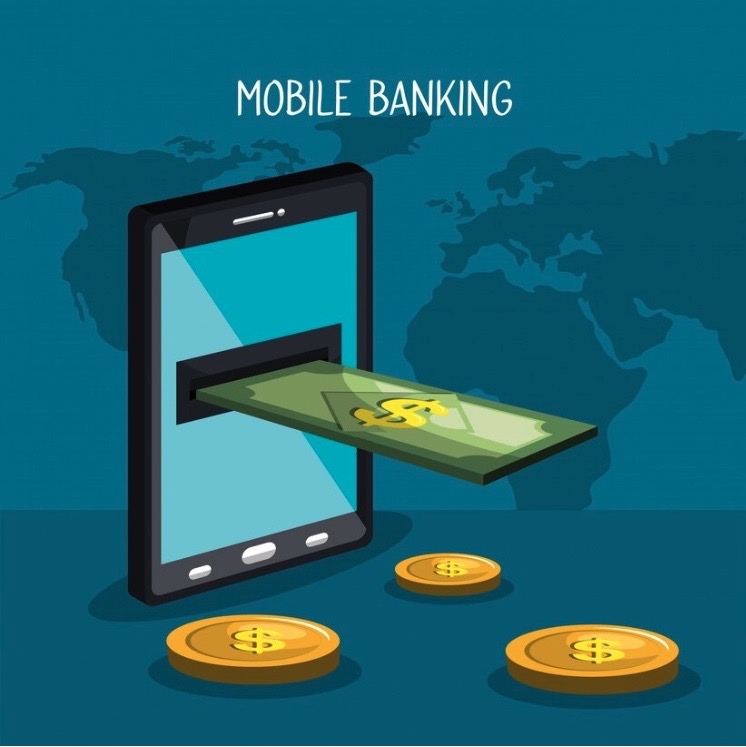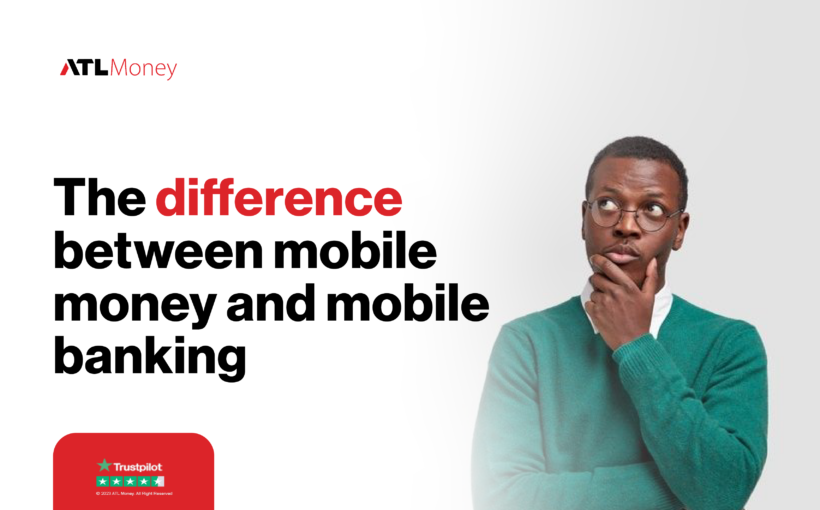Financial management is now simpler and more accessible than ever in the digital age. With the advent of mobile technology, financial services have evolved to meet the diverse needs of consumers. Two such services that have gained significant traction are mobile money and mobile banking. Although these terms are often used interchangeably, they represent different aspects of financial management.
Understanding the distinctions between mobile money and mobile banking is essential for making informed decisions about how best to handle your finances.
This article will explore the unique features, benefits, and practical applications of mobile money and mobile banking, helping you choose the right service for your needs.
The Difference Between Mobile Money and Mobile Banking
The terms “mobile money” and “mobile banking” are often used interchangeably, but they represent distinct financial services. Here’s a breakdown of what mobile money and mobile banking are, highlighting their unique features and benefits.
What Is Mobile Money?
Mobile money refers to a service that allows users to store, send, and receive money using their mobile phones. It is especially popular in regions where traditional banking infrastructure is limited. Mobile money services are typically offered by mobile network operators (MNOs) rather than traditional banks. Here are some key features:
- Accessibility
– Mobile money services are accessible to anyone with a mobile phone, even basic models without internet access. This makes it a powerful tool for financial inclusion in underserved areas.
- Account Setup
– Users can set up a mobile money account quickly through their mobile network operator without the need for a formal bank account. This process is often simpler and less stringent than opening a bank account.
- Services Offered
– Mobile money services include sending and receiving money, paying bills, buying airtime, and even saving and borrowing small amounts. Transactions are typically conducted via SMS or a mobile app.
- Regulation and Security
– While mobile money services are regulated, the regulatory framework might differ from that of traditional banking, depending on the country. Security measures include PINs and encryption, but they may vary in robustness.
What Is Mobile Banking?
Mobile banking, on the other hand, refers to using a smartphone or tablet to access banking services offered by traditional banks. It typically requires an internet connection and a smartphone with the bank’s mobile app installed.

Key features of mobile banking include:
- Integration with Bank Accounts
– Mobile banking is directly linked to the user’s bank accounts. Customers can access their savings, checking, and other bank accounts through the bank’s mobile app.
- Services Offered
– Mobile banking offers a wide range of services, including checking account balances, transferring funds between accounts, paying bills, depositing checks remotely, and managing investments.
- Advanced Features
– Many mobile banking apps offer advanced features like personal financial management tools, budgeting, expense tracking, and even financial advice.
- Security
– Mobile banking typically adheres to stringent security protocols, including multi-factor authentication, biometric logins (such as fingerprint or facial recognition), and encryption to protect user data.
Key Differences
- Provider
– Mobile Money: Provided by mobile network operators.
– Mobile Banking: Offered by traditional banks and financial institutions.
- Accessibility
– For Mobile Money: Accessible to anyone with a mobile phone, including basic models.
– For Mobile Banking: Requires a smartphone and internet access.
- Account Setup
– In Mobile Money: Simple setup through an MNO, no bank account needed.
– In Mobile Banking: Requires an existing bank account.
- Target Audience
– Mobile Money: Aimed at unbanked and underbanked populations.
– Mobile Banking: Targets existing bank customers seeking convenient access to their accounts.
Conclusion
Mobile money and mobile banking are essential components of the modern financial landscape, each serving different needs and demographics. Mobile money offers a straightforward, accessible way to conduct financial transactions for those without access to traditional banking. In contrast, mobile banking provides a comprehensive suite of financial services for those already integrated into the banking system.
When you understand these differences it can help you make informed decisions about how to manage your finances effectively.
